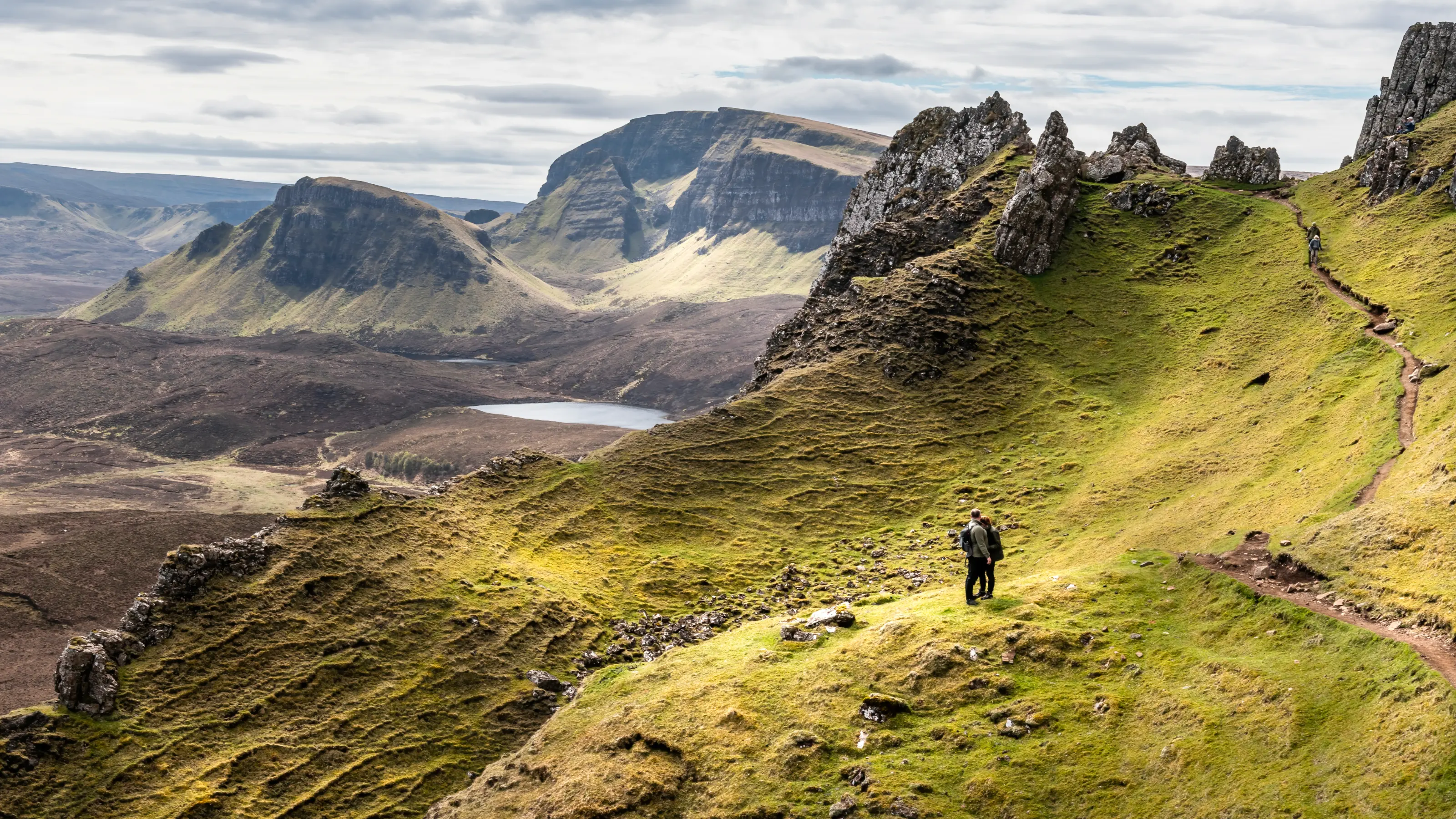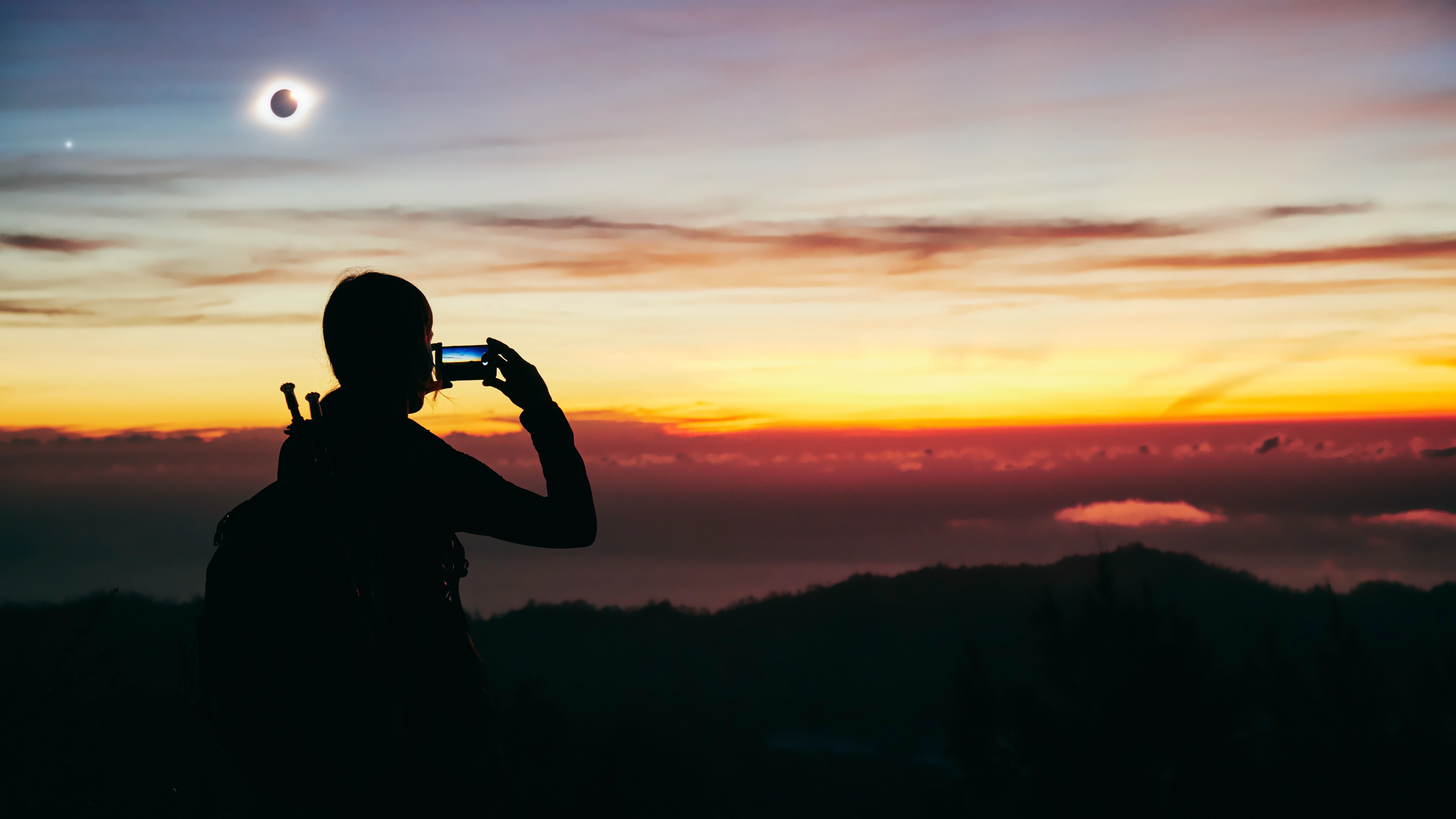Island time: the best months to visit Indonesia
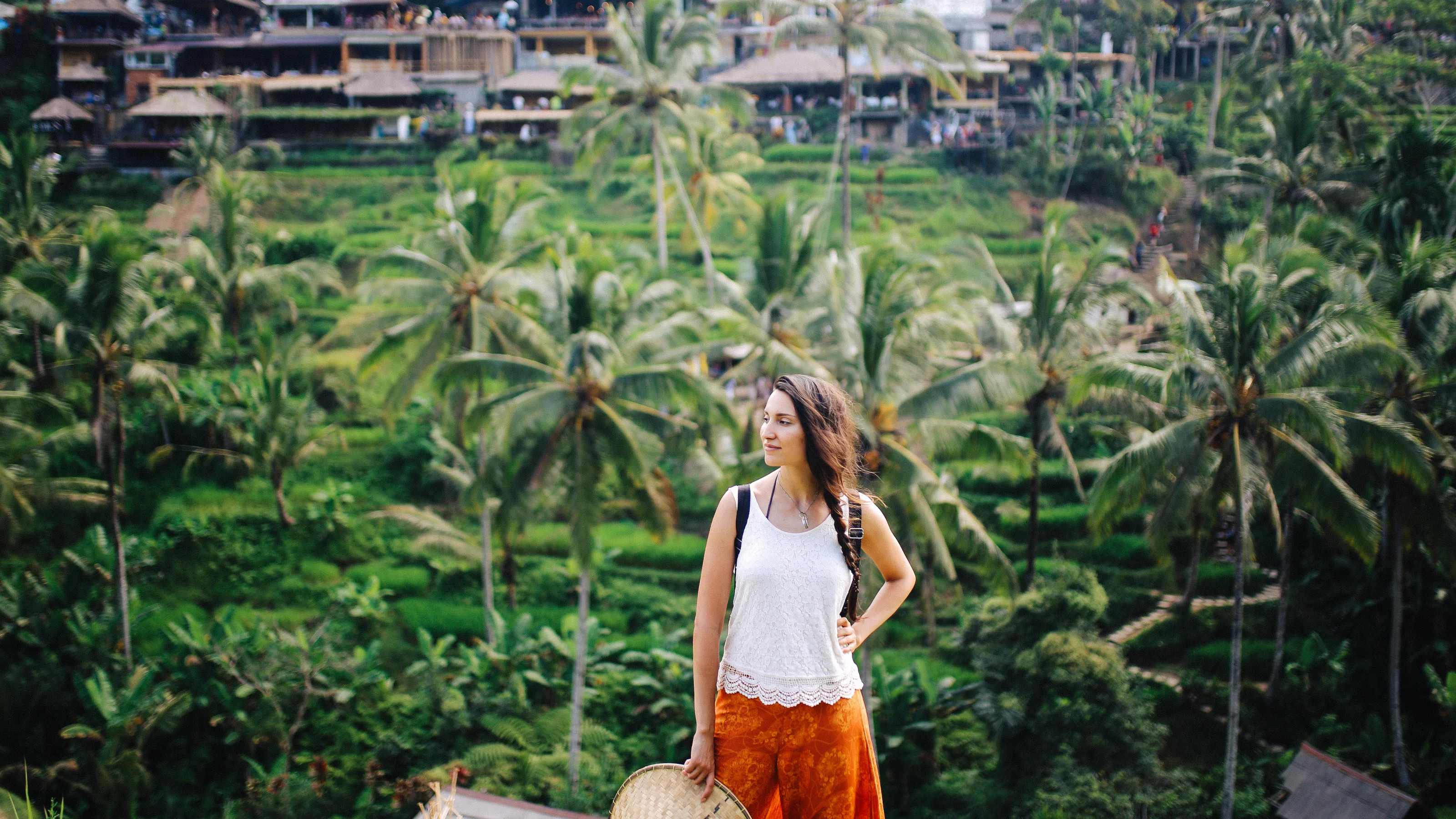
The island nation of Indonesia is a destination you can visit year-round, but the best time to travel there depends on your biggest reasons for visiting, whether it's hiking up a volcano, diving in crystal-clear waters, or lounging on a sun-kissed beach. Here is a rundown of the best times to visit the Indonesian archipelago.
Indonesia weather
Straddling the equator, Indonesia basks in a tropical climate split between two seasons: wet and dry. For ideal weather, visit during the dry season, stretching from April to October. Dry season is when the country truly shines; think long days of sunshine, clear skies, mercifully tolerable humidity levels, and average temperatures hovering around a comfortable 24°C (75°F) to 32°C (90°F). It's the perfect time for hiking misty volcanoes, soaking up the sun on Bali's best beaches, and catching those golden-hour temple views. It’s also prime time for diving, snorkelling, island-hopping, and wildlife spotting.
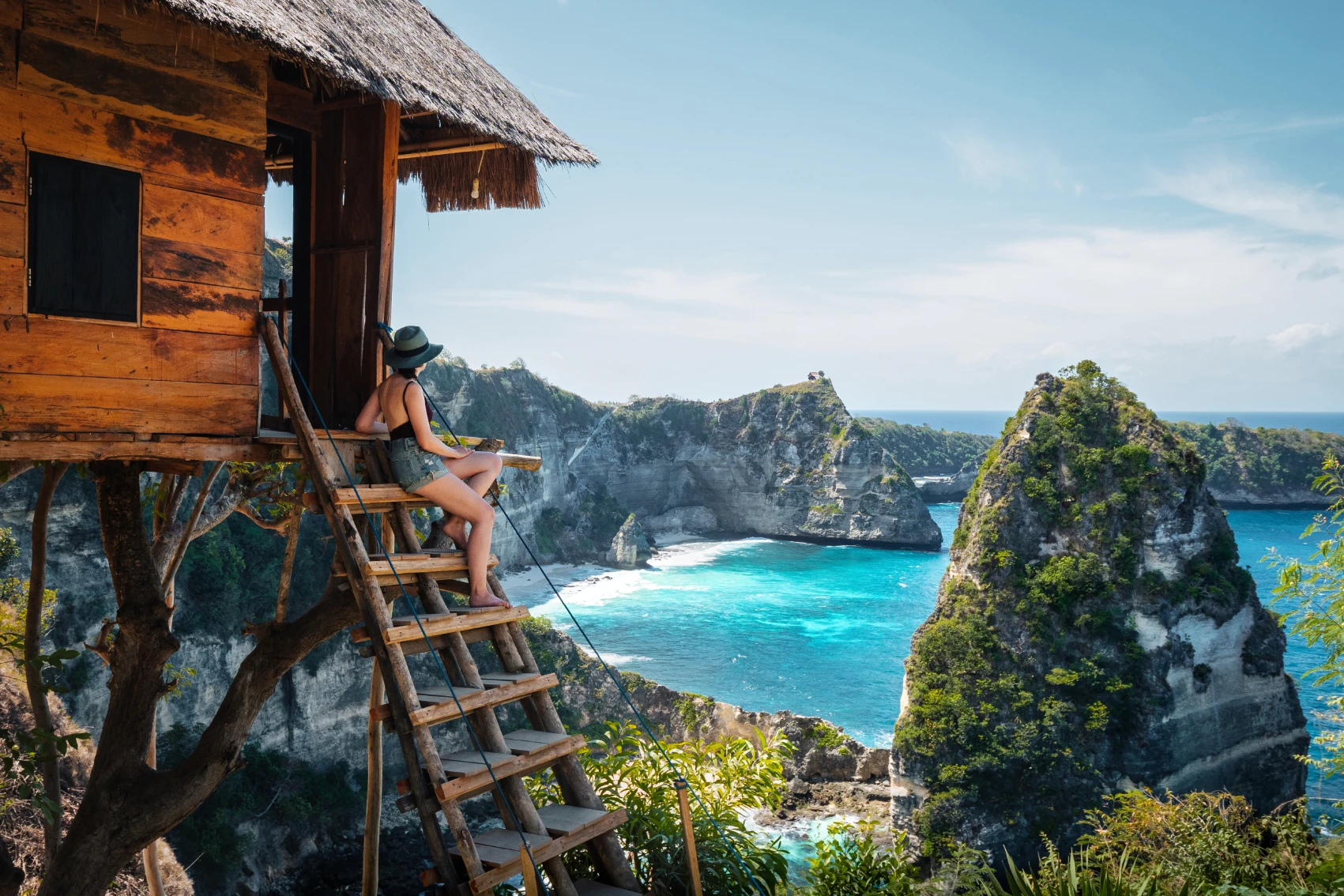
High season
High season (July, August, and December) is when sunny skies align with summer vacations in Europe and North America. Aussies and Kiwis flock to Indonesia during their winter break, sending tourism into overdrive. If you don't mind the crowds, high season is a fun time to visit. Bali and Lombok are buzzing, beaches are packed, and bars overflow. It is also the best time for outdoor adventures, except in West Papua and Maluku, where heavy rains make an appearance. Expect high hotel rates; booking months in advance is your best bet to avoid paying a huge premium.
Shoulder season
This season, spanning from March to June and September to November, is the real MVP, with fewer tourists, fantastic weather, and better deals on hotels and flights. You might get a little rain in March or November, but most days are sunny and perfect. It is the ideal time for anyone looking for a mix of adventure and peace.
Experience it for yourself on: Classic Bali
Low season
In January and February, monsoons roll in, bringing short, intense downpours and high humidity. Ferries can be unreliable, and flights are prone to delays or cancellations. However, if you are prepared for some travel hiccups, Indonesia's low season also offers the deepest discounts on flights and hotels. While trekking can be challenging (or off limits) because of slippery trails and wildlife can be harder to spot, surfers hit the jackpot because the rainy season brings epic swells. It is also a good time to explore temples across Bali and Java without the usual crowds. The jungle and rice paddies flourish in this season, with lush greenery and abundant vegetation that are a joy to witness.
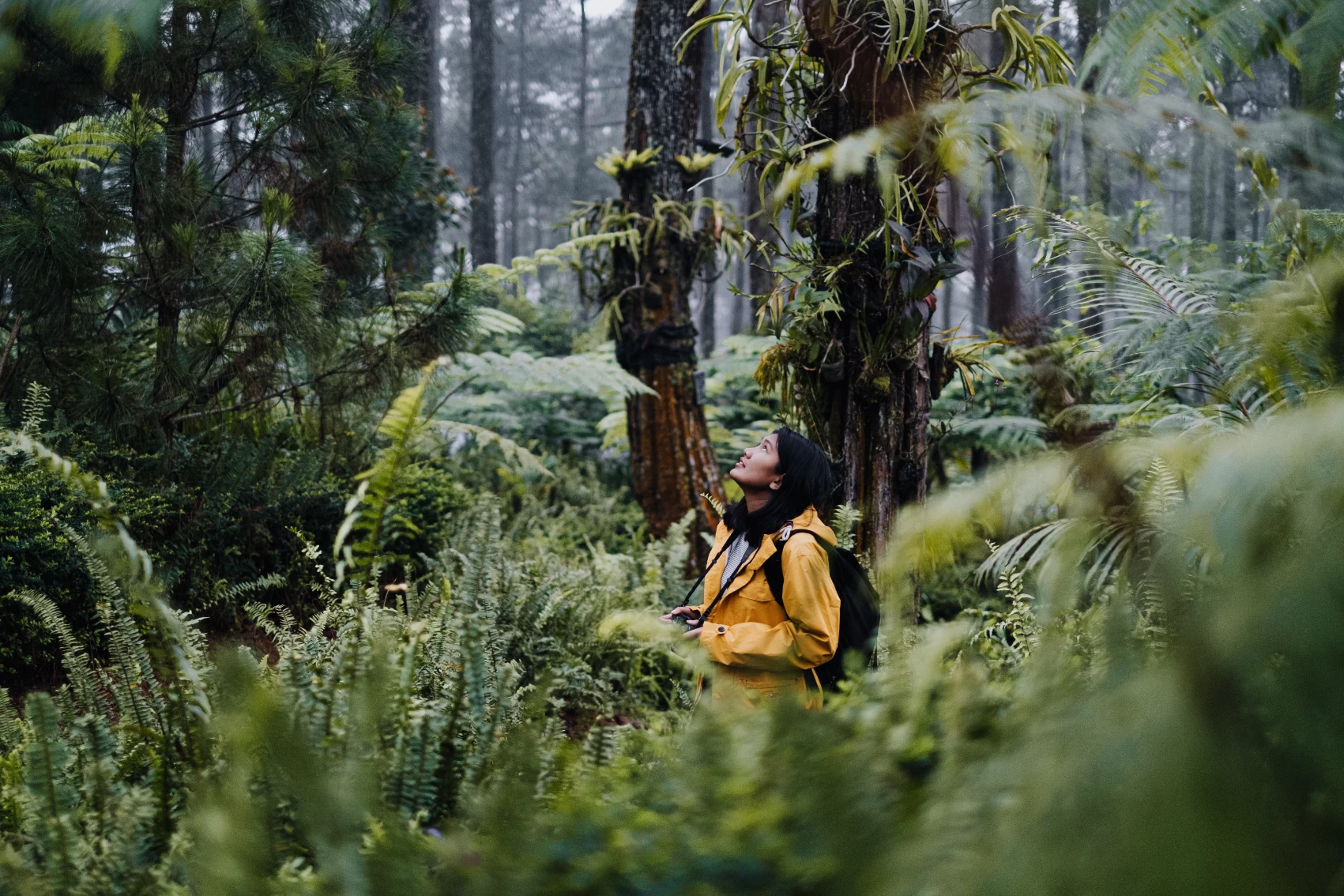
Experience it for yourself on: Indonesia: Bali Adventure
When to visit Indonesia for wildlife
The dry season (April through October) is when you can witness a rich array of wildlife on land. Indonesia has more than 500 protected areas, including national parks, nature reserves, and game reserves, which are a haven for some of the world’s most unique and endangered species, including orangutans, gibbons, maleo birds, and Komodo dragons. If spotting the world’s heaviest and biggest lizard is your goal, look no further than the UNESCO-listed Komodo National Park, home to the namesake Komodo dragons. These fierce creatures can grow up to 3m (10 ft) long and weigh more than 135kg (300 lbs).
If you’re chasing big blue giants, June to October is the prime time for spotting migrating blue whales and whale sharks in East Nusa Tenggara and Papua’s Cenderawasih Bay. For a vibrant display of colour, the hill and lowland rainforests of Waigeo and Batanta islands in West Papua await, with exotic birds like Wilson’s bird-of-paradise.
Pro tip: Bring mosquito repellent unless you want to be a walking buffet.
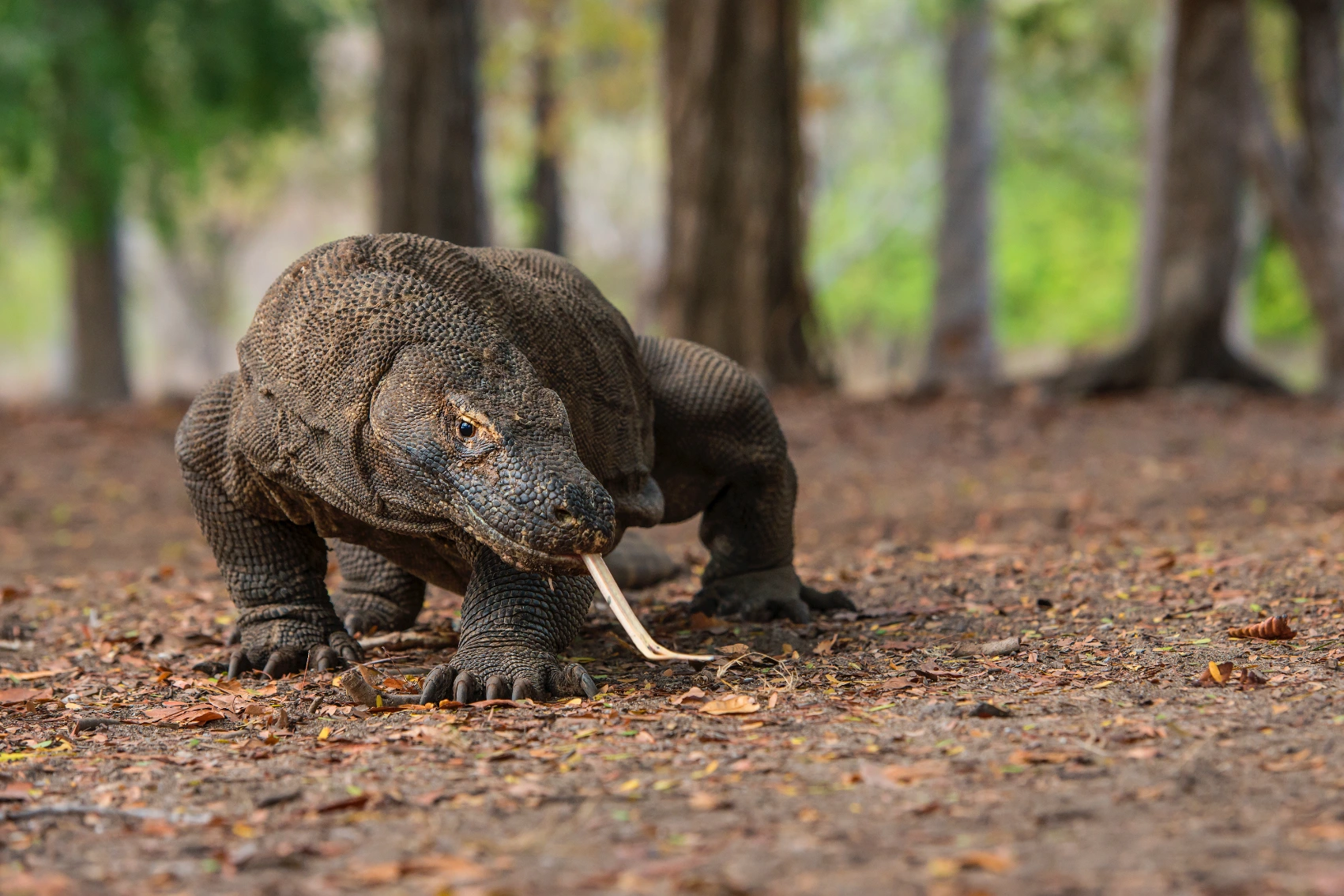
Experience it for yourself on: Indonesia: Java, Bali & Komodo Island
The best time to hike in Indonesia
Indonesia is home to more active volcanoes than any other country, about 130. While eruptions can occasionally keep you at a distance, many of these towering giants offer some of the best trekking in the world. The sweet spot for hiking? From April to October (dry season), when skies are clear, conditions are dry, and the bugs are thankfully scarce. For a scenic sunrise hike, hit up Bali’s Mount Batur, which is easy, beautiful, and not too sweaty. Or go for the midnight trek up Mount Ijen in East Java, where you are treated to surreal, electric-blue flames rising from the crater, which are caused by burning sulphur.
Want more of a challenge? Scale the 3,726m (12,224 ft) beast that is Mount Rinjani on Lombok, where the real reward is camping on the rim of a volcanic crater lake, soaking in jaw-dropping sunrises and sunsets. Rinjani is off-limits from January to March during the rainy season. If you are looking to push your limits, take on the fiery Mount Merapi near Yogyakarta. At nearly 2,900m (9,514 ft), it’s one of the world’s most active volcanoes, and you can camp right on the crater's edge.
For waterfall junkies, East Java’s Tumpak Sewu is the best. With its dirt paths, rickety ladders, and dizzying steel walkways leading to what looks like hundreds of waterfalls tumbling down into crystal-clear pools, you feel like you have stepped into a natural waterpark. For an adventure off the usual tourist trail with a dose of culture thrown in, the mountains of Flores and Danau Toba in North Sumatra offer scenic treks through traditional villages.
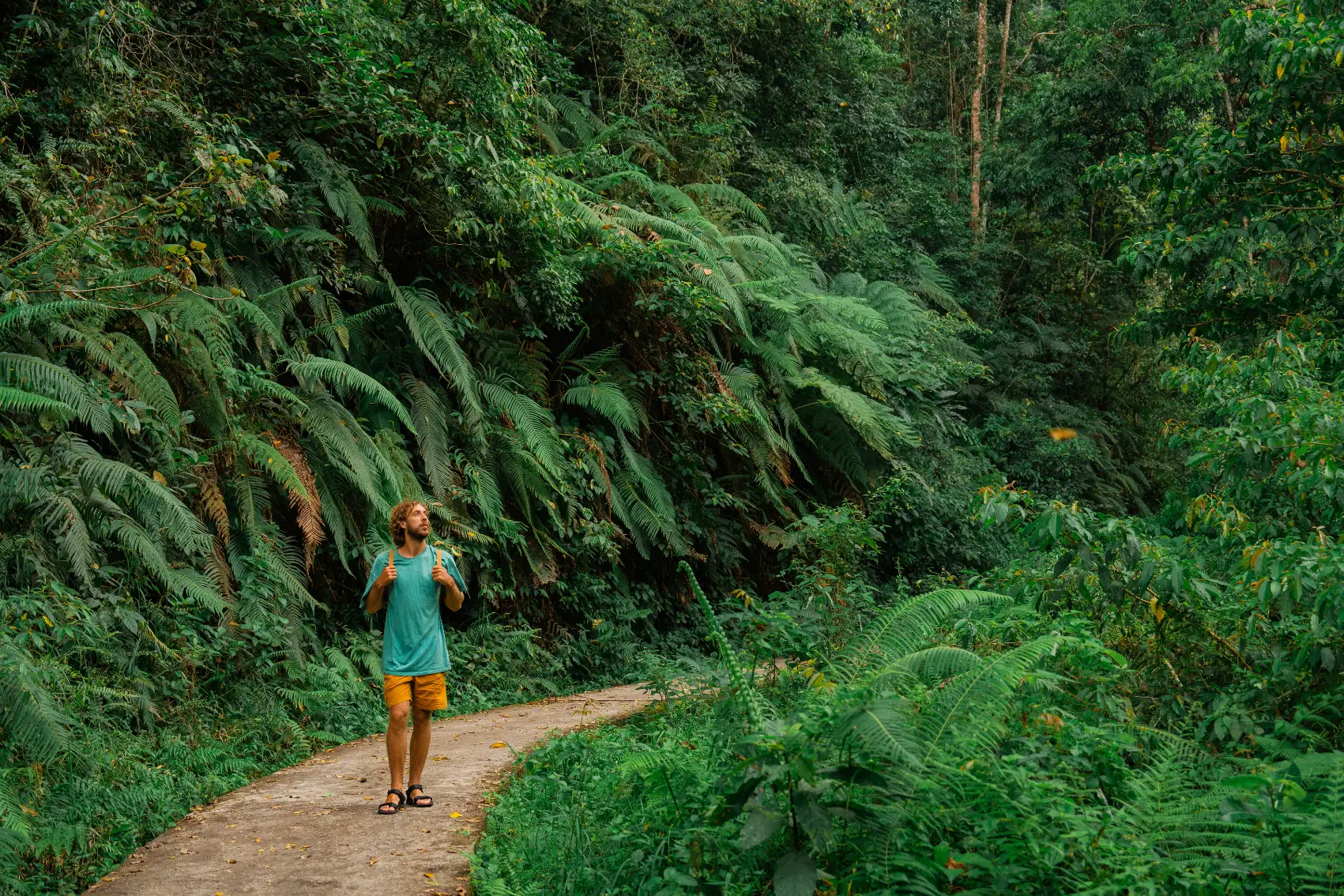
Experience it for yourself on: Indonesia: Jakarta, Bali & Lombok
When to surf in Indonesia
Indonesia's waters have waves year-round, but from May to October, the swell goes from good to gold. That’s when the Indian Ocean whips up powerful southwesterly swells, sending them straight to Bali, Java, and beyond. The wet season, stretching from December to February, is still suitable for surfing, though conditions can get choppy.
For those chasing the real deal, Uluwatu is Bali’s crown jewel, especially between March and September, when the dry-season swell hits its stride. Kuta Lombok is also making waves — literally and figuratively — as Bali’s breaks get busier. It is the place for uncrowded lineups, laid-back surf camps, and a taste of what Bali was like decades ago.
If you’re after pure adrenaline, the Mentawai Islands, a string of 70-plus islands off Sumatra, boast some of the best barrels on the planet. For a true test? Head to Desert Point on Lombok’s southwest coast, which dishes out long, consistent left-hand barrels, or venture to Java’s G-Land to tame the powerful left-hand waves. Want something more raw and untamed? Sumba is a goldmine of strong, fast waves built for the bold. Here, you can tackle the multi-level breaks of Miller's Rights. Craving a more laid-back vibe? Canggu is a mix-and-match playground for all levels.
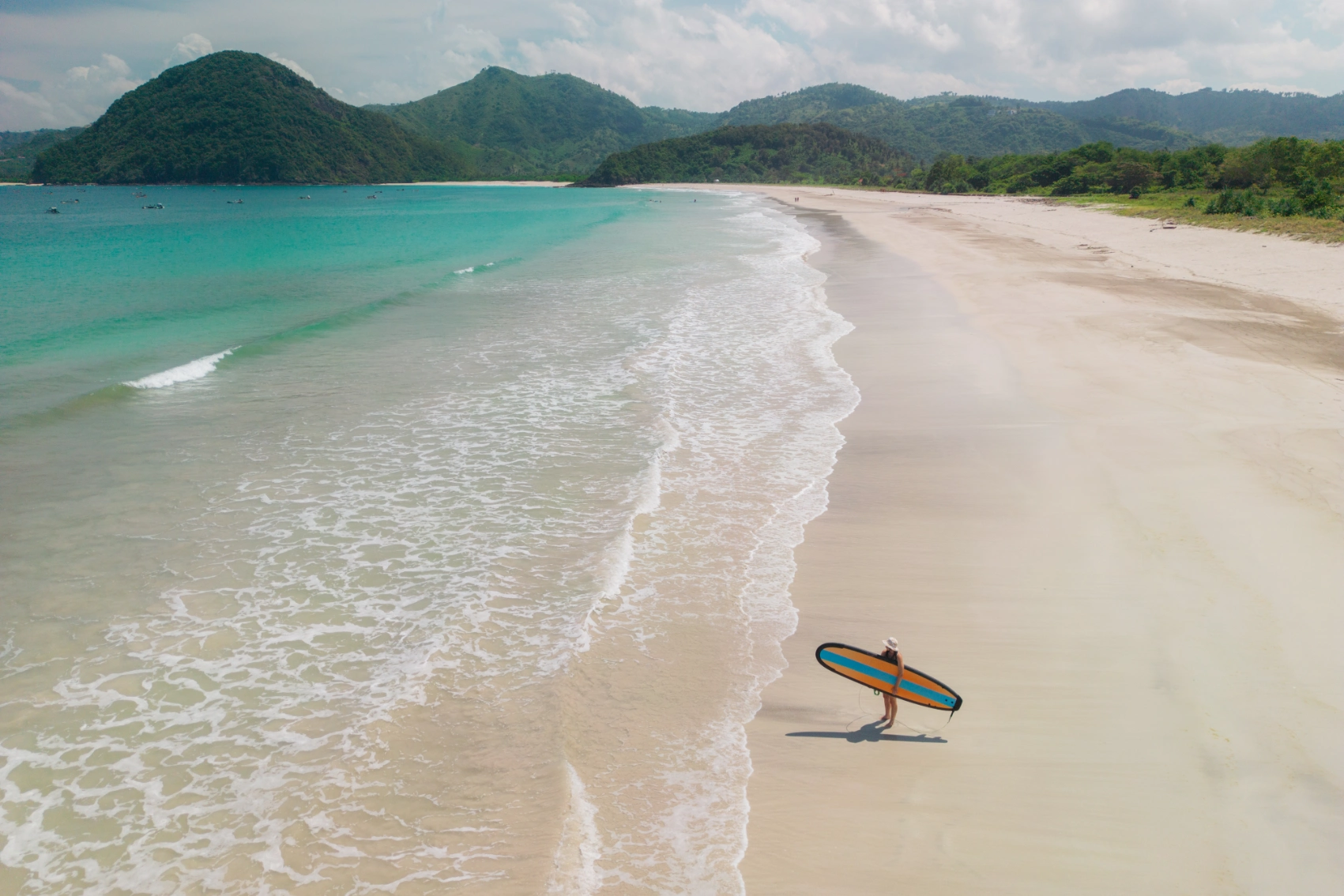
Experience it for yourself on: Wellness Bali
Dry season is best for divers
Indonesia sits at the heart of the Coral Triangle, home to 75% of the world’s coral species. That means endless reefs, dazzling marine life, and dive sites packed with everything from tiny critters to giant sea creatures. If you love the ocean, Indonesia is as good as it gets. The best time to dive is during the dry season (April to October), when the waters are calm and visibility is top-notch — except for Raja Ampat, which flips the script and is best from October to April. The silver lining? There’s always somewhere to dive, no matter the time of year.
Raja Ampat is the holy grail of Indonesian diving, with 1,600 species of fish and three-quarters of all known coral species, plus turtles, sharks, manta rays, and seahorses. If you prefer fewer crowds and nearly untouched reefs, Wakatobi National Marine Park off Sulawesi’s southeast coast is your best bet.
Want to see manta rays? You’ll find them gliding majestically at Manta Alley in Komodo and Manta Point near Nusa Penida. Sunfish fans should head to Nusa Penida and Nusa Lembongan between June and September. If spotting a whale shark is on your bucket list, Selah Bay in Sumbawa and Cenderawasih Bay and Triton Bay in West Papua offer near-guaranteed encounters.
For beginners, the Gili Islands are perfect, with plenty of dive schools and easy conditions. In Bali, the reefs of Menjangan Island on the northwest tip promise occasional sightings of dolphins, pilot whales, and whale sharks. Bunaken Marine National Park in North Sulawesi is a true underwater wonderland, with 70% of Indonesia’s fish species and nearly 390 species of coral. Dolphins, dugongs, green sea turtles, and sperm whales are found here as well.
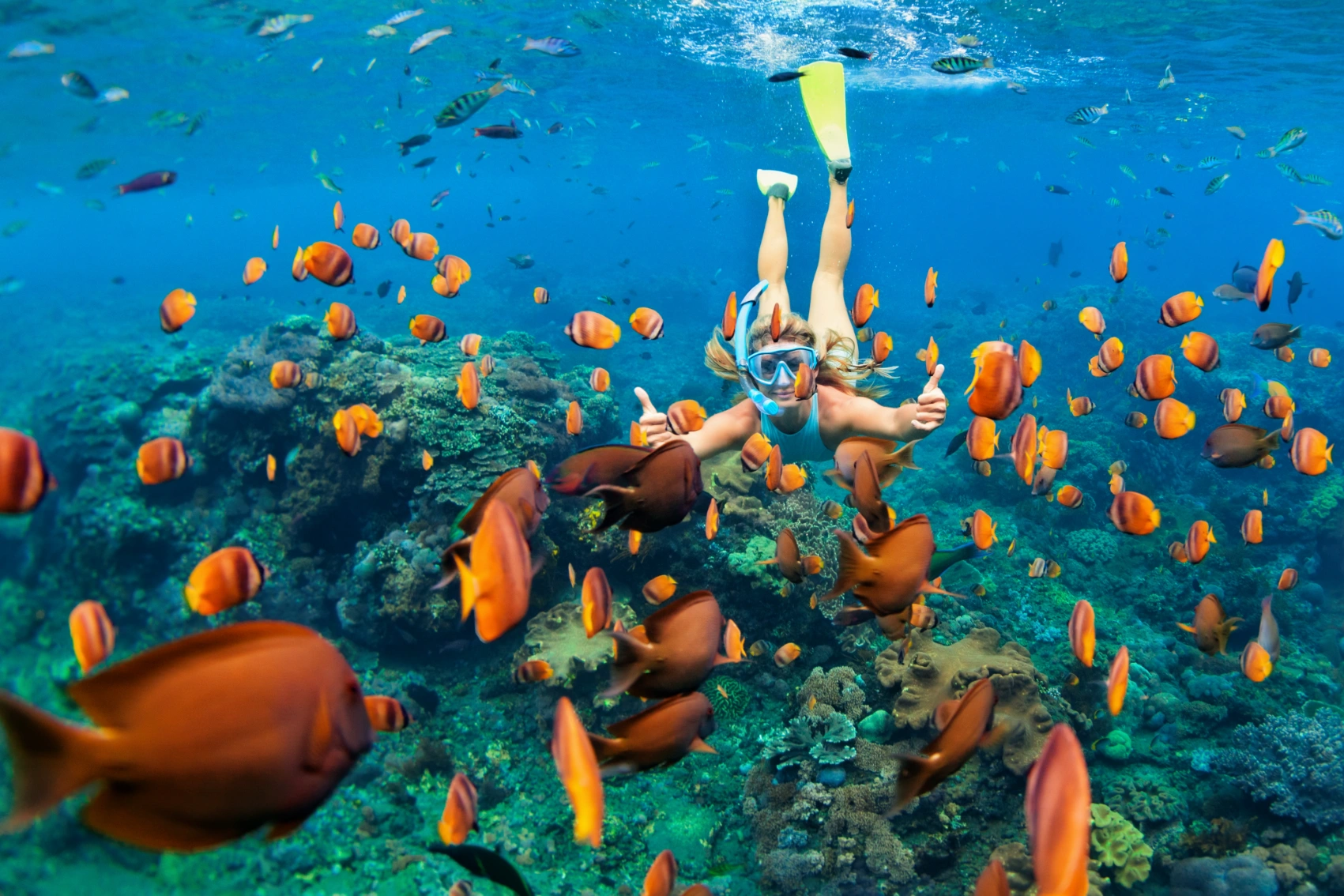
Experience it for yourself on: Classic Bali & Komodo Island
Indonesian beach time bliss
If your idea of a good time is chilling on golden sands with a cold Bintang beer in hand, then Indonesia’s beaches are calling your name. The best time to visit is between April and October, when it’s sunny and dry. The southern and western coastlines of Bali, Lombok, Java, and Sumatra offer the best spots, being the front and center for sun, sand, and sea. However, they get packed between June and August, so if you prefer to avoid the crowds, steer clear of these months. That said, there’s always a patch of sand to spread your towel and soak up the beach vibes. For a more offbeat experience, head to the white-sand beaches on the west coast of Gili Air, Sumbawa’s rugged shores, or Nusa Penida, a quick speedboat ride southeast of Bali.

Experience it for yourself on: Bali: Beaches & Boat Rides
When to visit Indonesia for festivals
Festivals take place throughout the year in Indonesia, with the most captivating, culturally rich, and camera-worthy happening between March and October. In March, all eyes are on Bali for Nyepi, the Balinese New Year ritual known as the Day of Silence. It's a total shutdown: no flights, no lights, and no talking. Around the same time (February or March) in Sumba, the Pasola Festival sees fearless horse riders flinging blunt spears in an ancient, adrenaline-fuelled ritual.
June and July turn up the volume with the Bali Arts Festival, an explosion of dance, music, and colour in Denpasar. The Solo Batik Carnival in central Java turns the streets into a catwalk of elaborate, hand-dyed masterpieces. August 17 is Indonesia’s Independence Day, so expect parades, street parties, and an overdose of national pride.
In North Sumatra, the Lake Toba Festival in September brings Batak traditions to life with dance, music, art, and food. October belongs to the bookworms as Ubud Writers and Readers Festival lures literary luminaries to Bali for a week of words, ideas, and strong coffee.
Looking for something offbeat? Chinese New Year (late January or early February) blends dragon dances with Balinese touches like traditional percussion bands and the mythical Barong, a lion-like creature that's the king of the spirits.
Pro tip: During the Islamic holy month of Ramadan (dates vary), shops and restaurants are closed during the day. But come sunset, the feast is on. If you're into cultural deep dives, it's a fascinating time to visit.
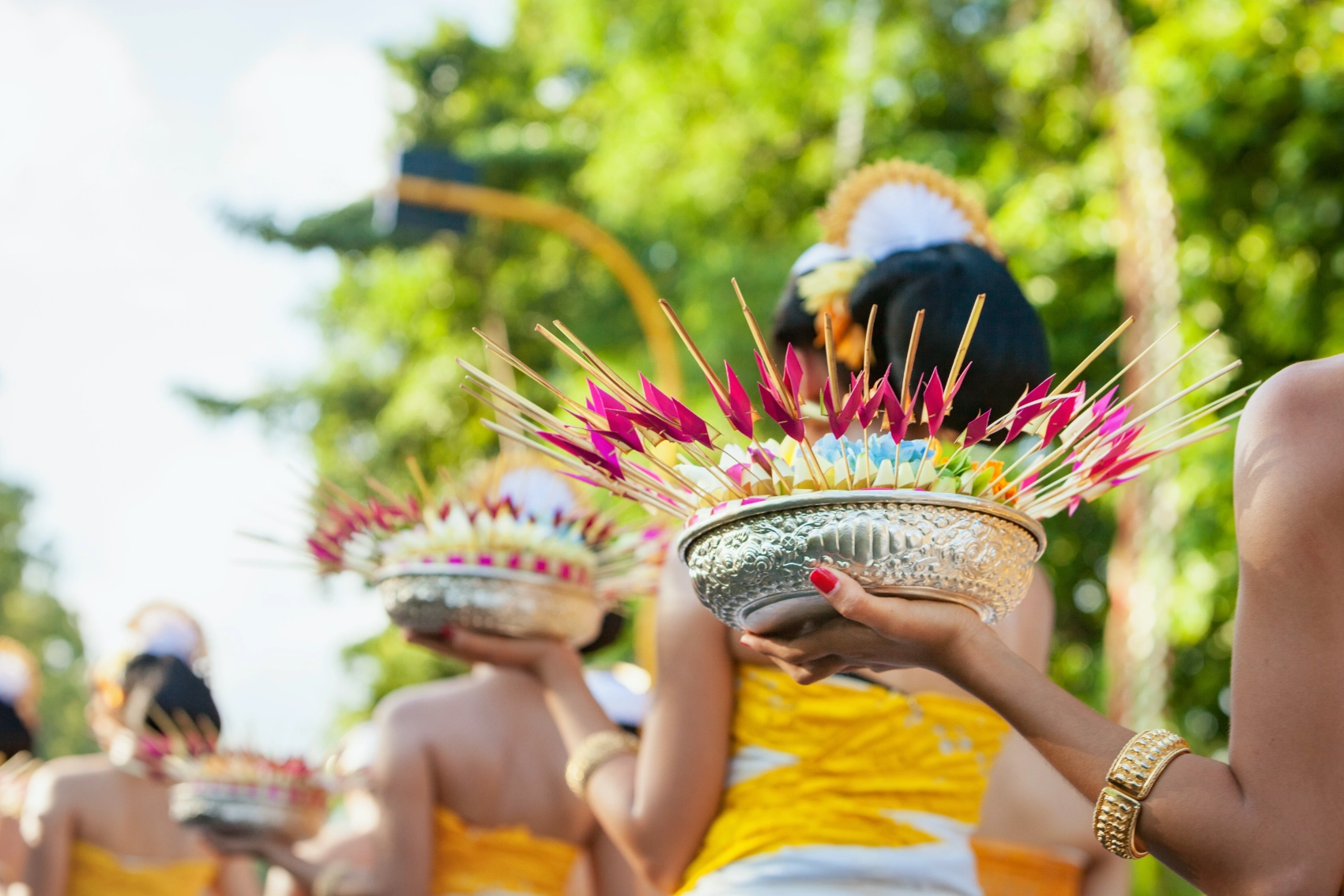
Avoiding crowds in Indonesia
The shoulder season offers the best times to skip the tourist crowds in Indonesia. The weather stays mostly sunny, prices drop, and surf conditions are perfect. Wildlife is easy to spot, underwater visibility is top notch, and trekking conditions are prime for scaling Indonesia’s volcanoes. The only drawback is occasional smoky skies in Sumatra and Kalimantan from September to November because of field burns, which might be a concern for travellers with respiratory issues.
Best time to visit Indonesia for lower prices
If you are after the best bargains, then low season (January and February) is your golden window. Yes, it rains — sometimes heavily — but mostly in brief, refreshing bursts that leave the landscapes greener and more alive. The upside? Fewer tourists, a laid-back vibe, and discounts everywhere. Hotels slash their rates, flights become more affordable, and you have easier access to tours, activities, and restaurants.



























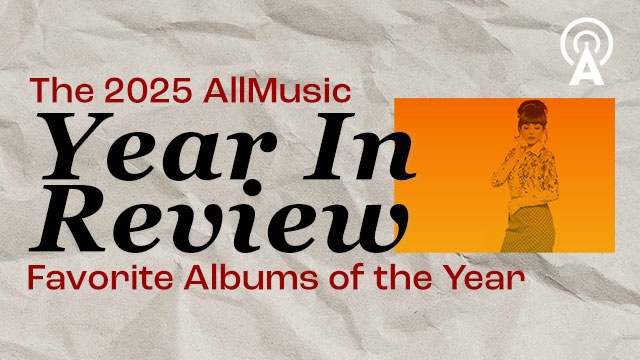


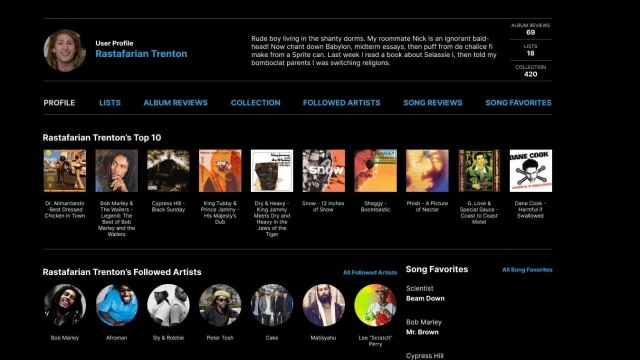

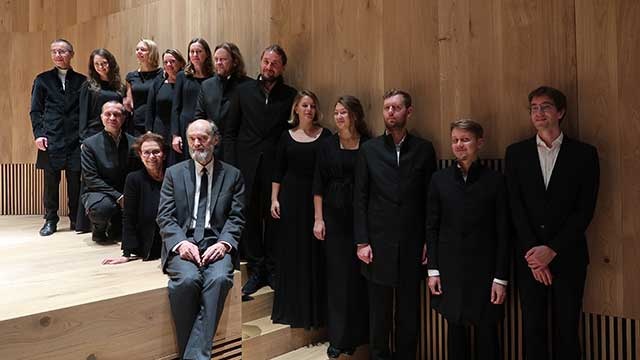






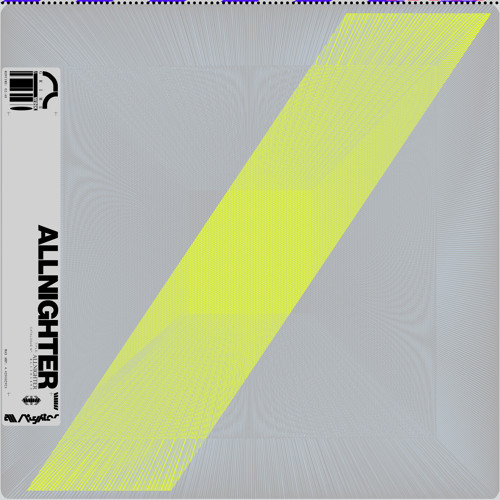







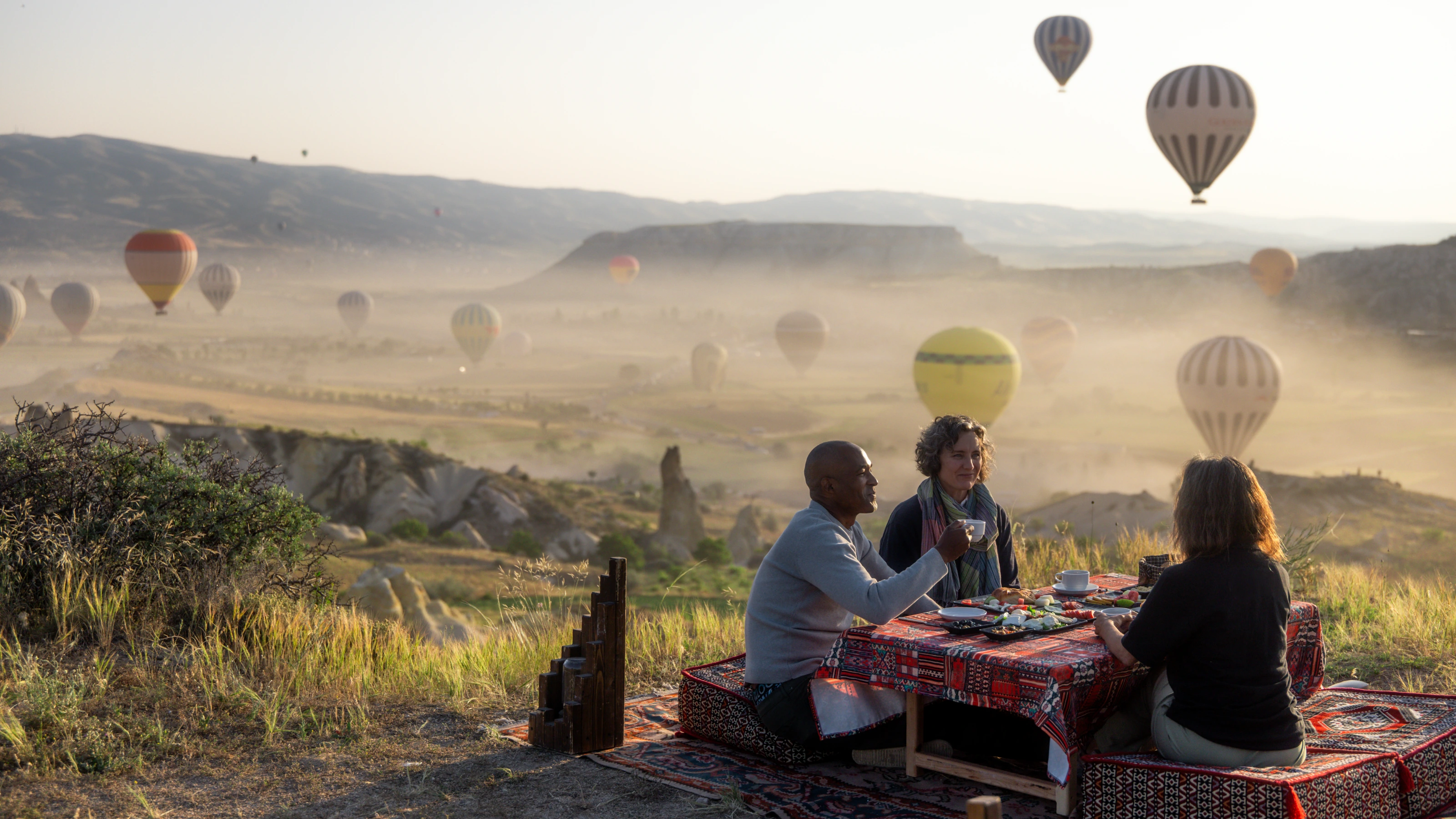
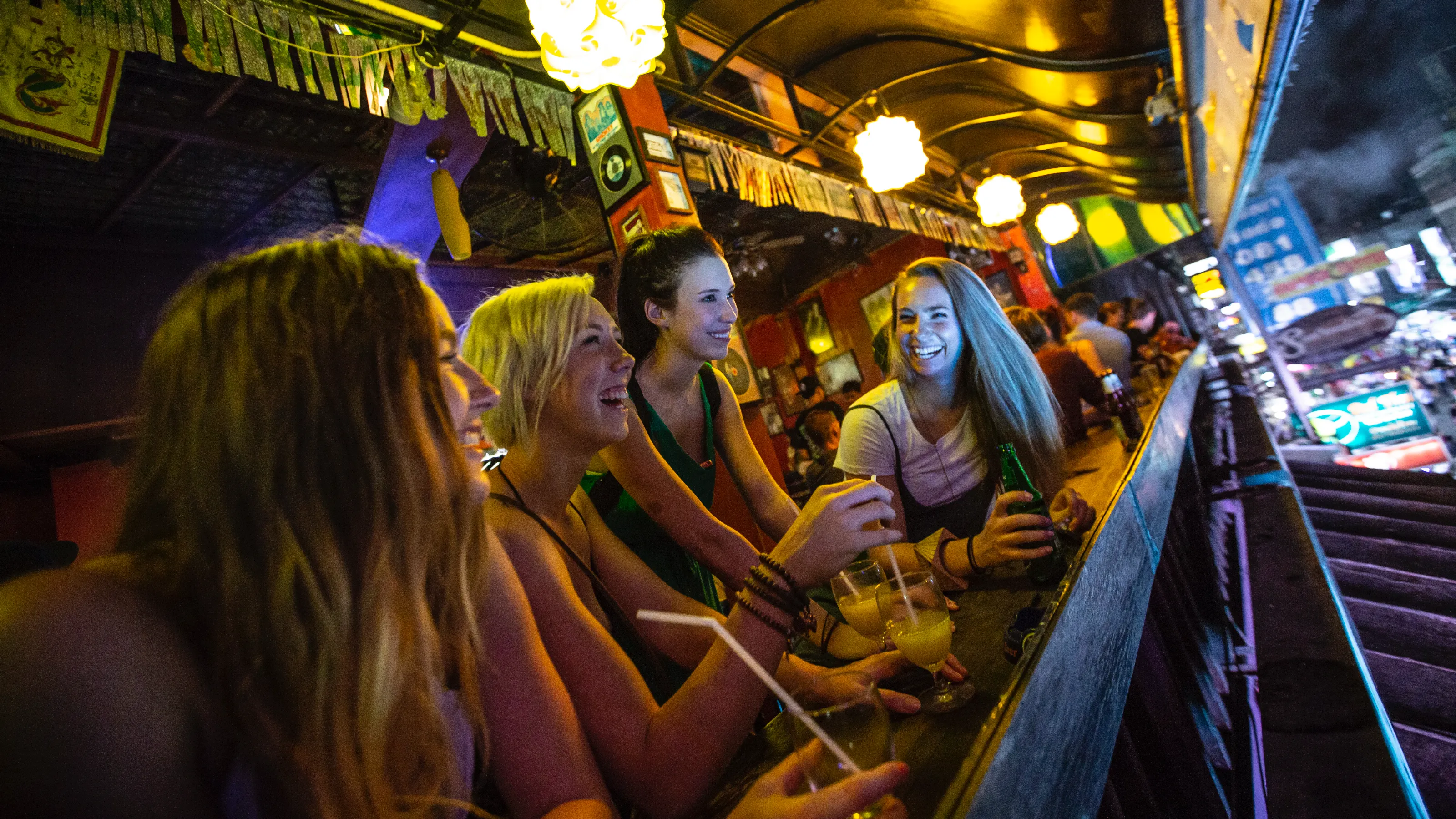
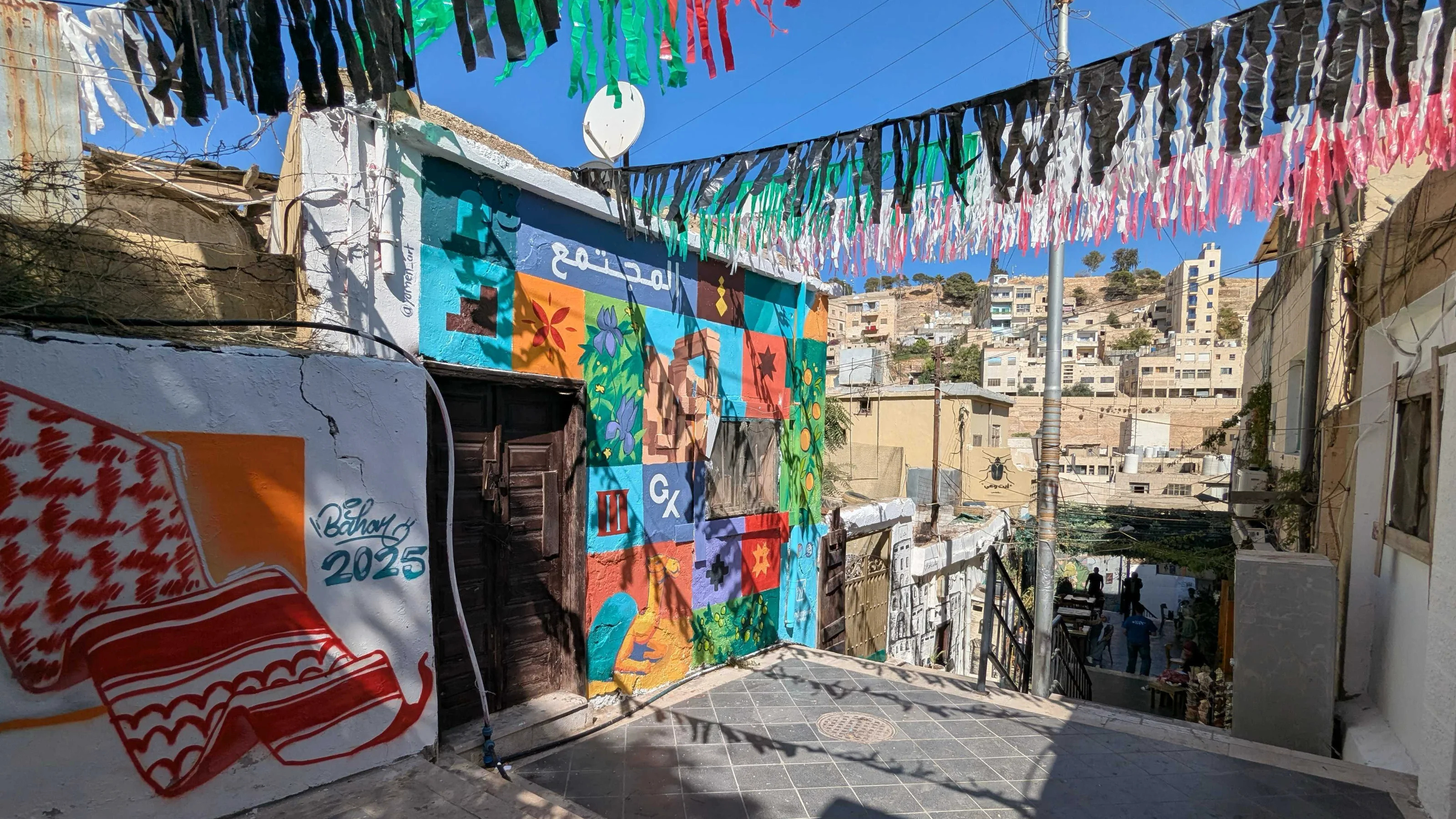
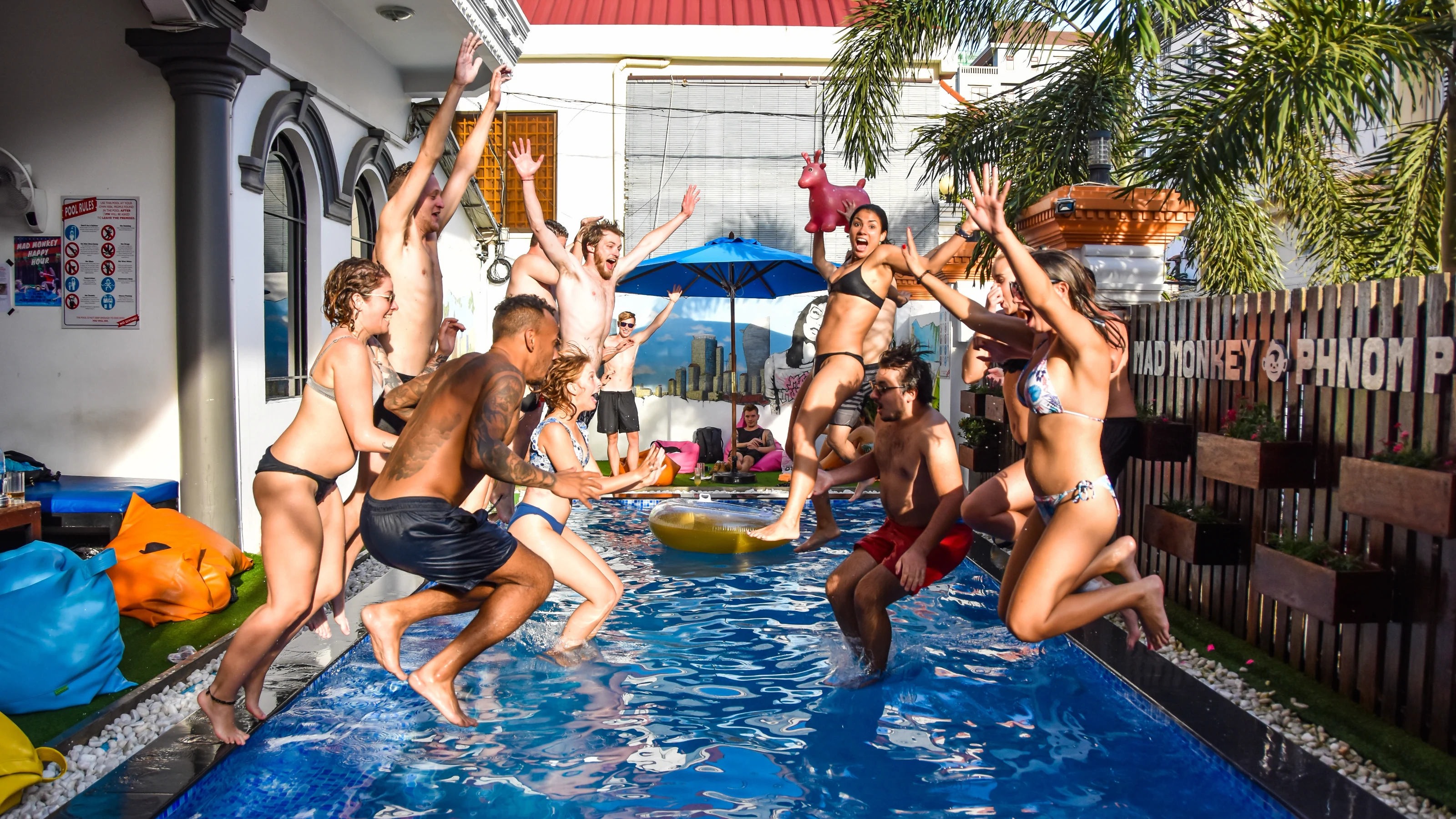
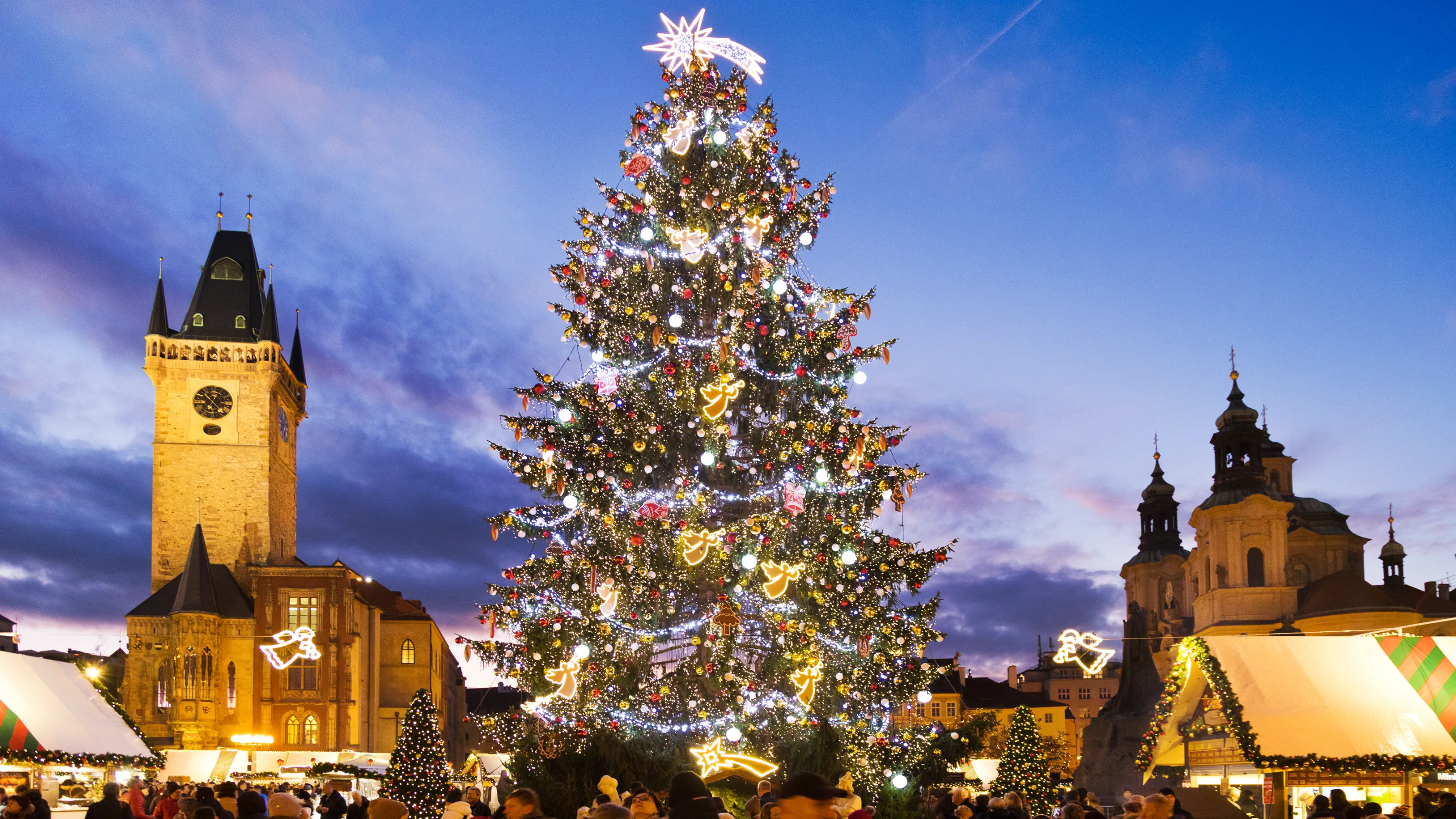
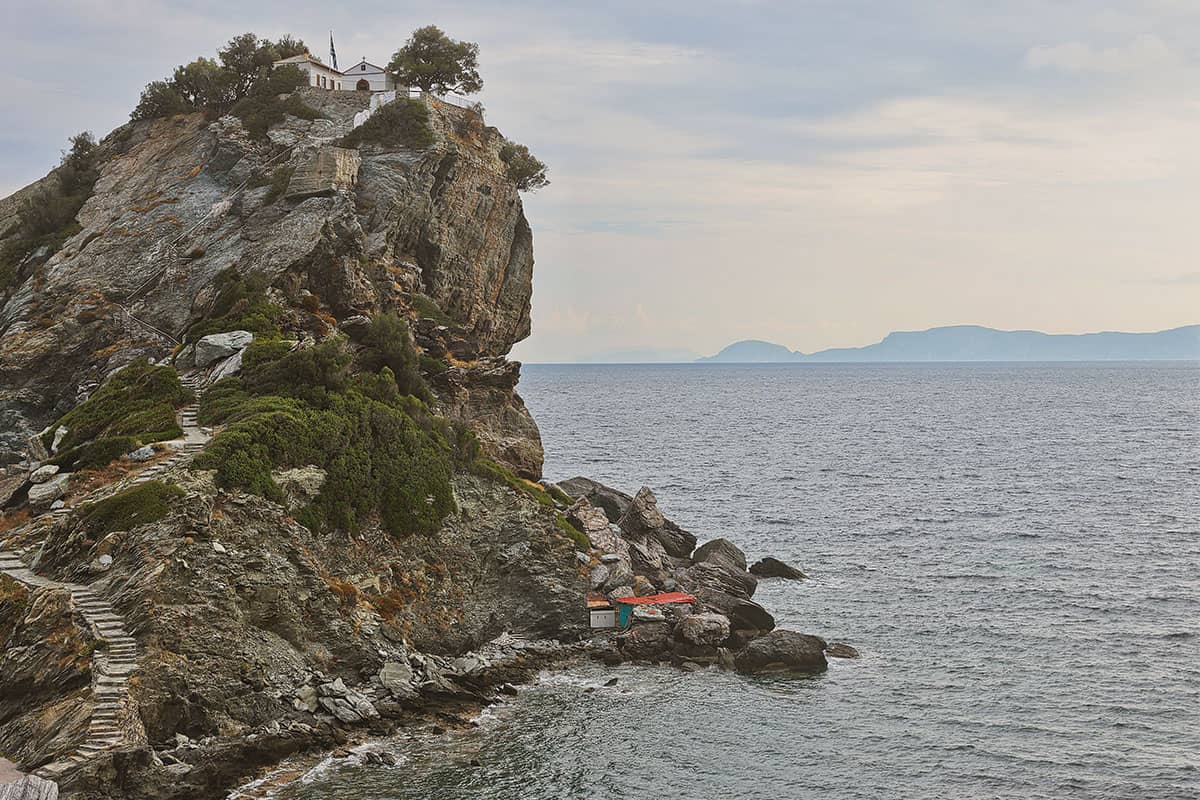
















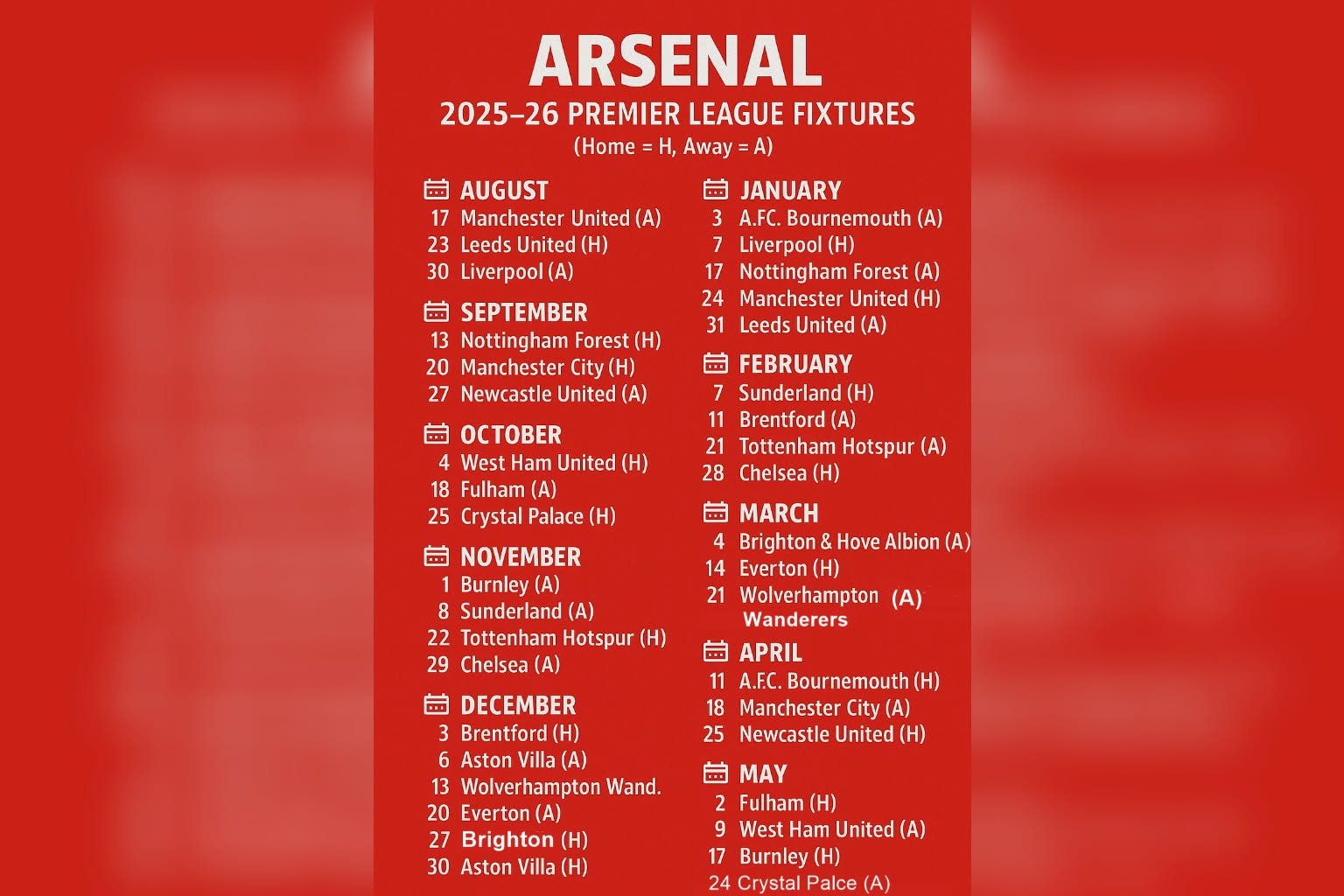

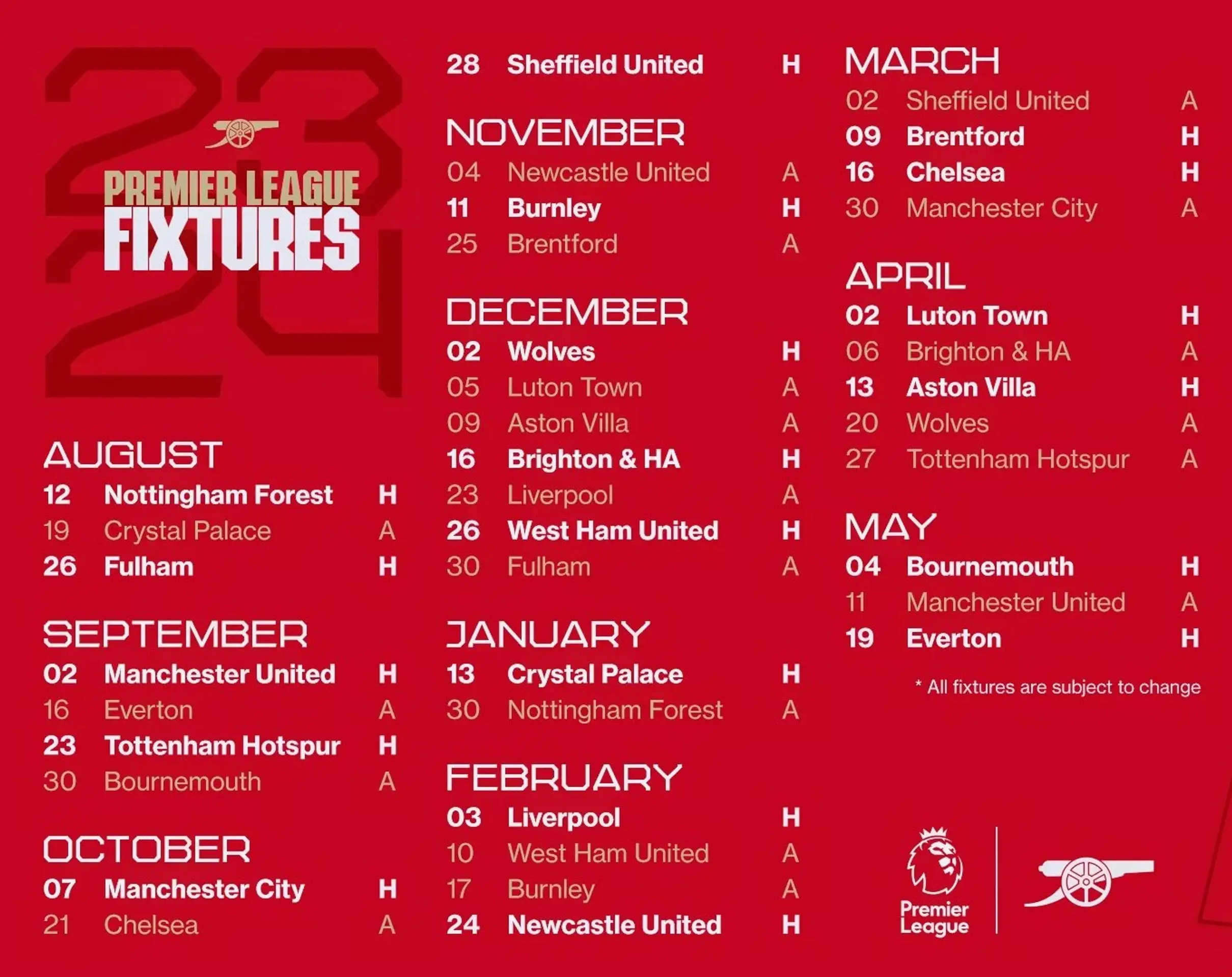
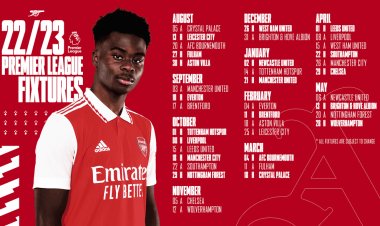


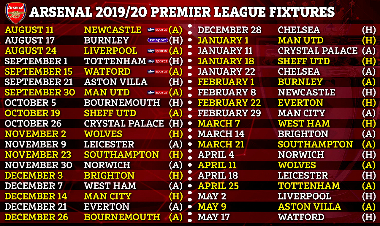














:format(webp)/cdn.vox-cdn.com/uploads/chorus_image/image/66321622/1206682849.jpg.0.jpg)

























:format(webp)/cdn.vox-cdn.com/uploads/chorus_image/image/67131045/1261725039.jpg.0.jpg)



















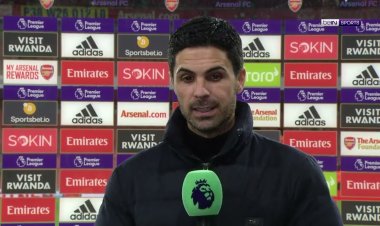

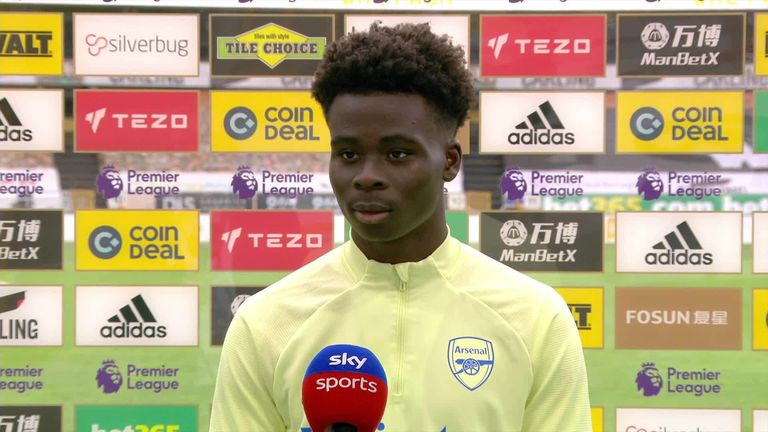














/origin-imgresizer.eurosport.com/2024/02/04/3880159-78836108-2560-1440.jpg)















![[Teams] Arsenal vs Aston Villa: Confirmed line-ups as key Gooner is ruled out](https://football-talk.co.uk/wp-content/uploads/2025/08/Jurrien-Timber-1000x560.jpg)


